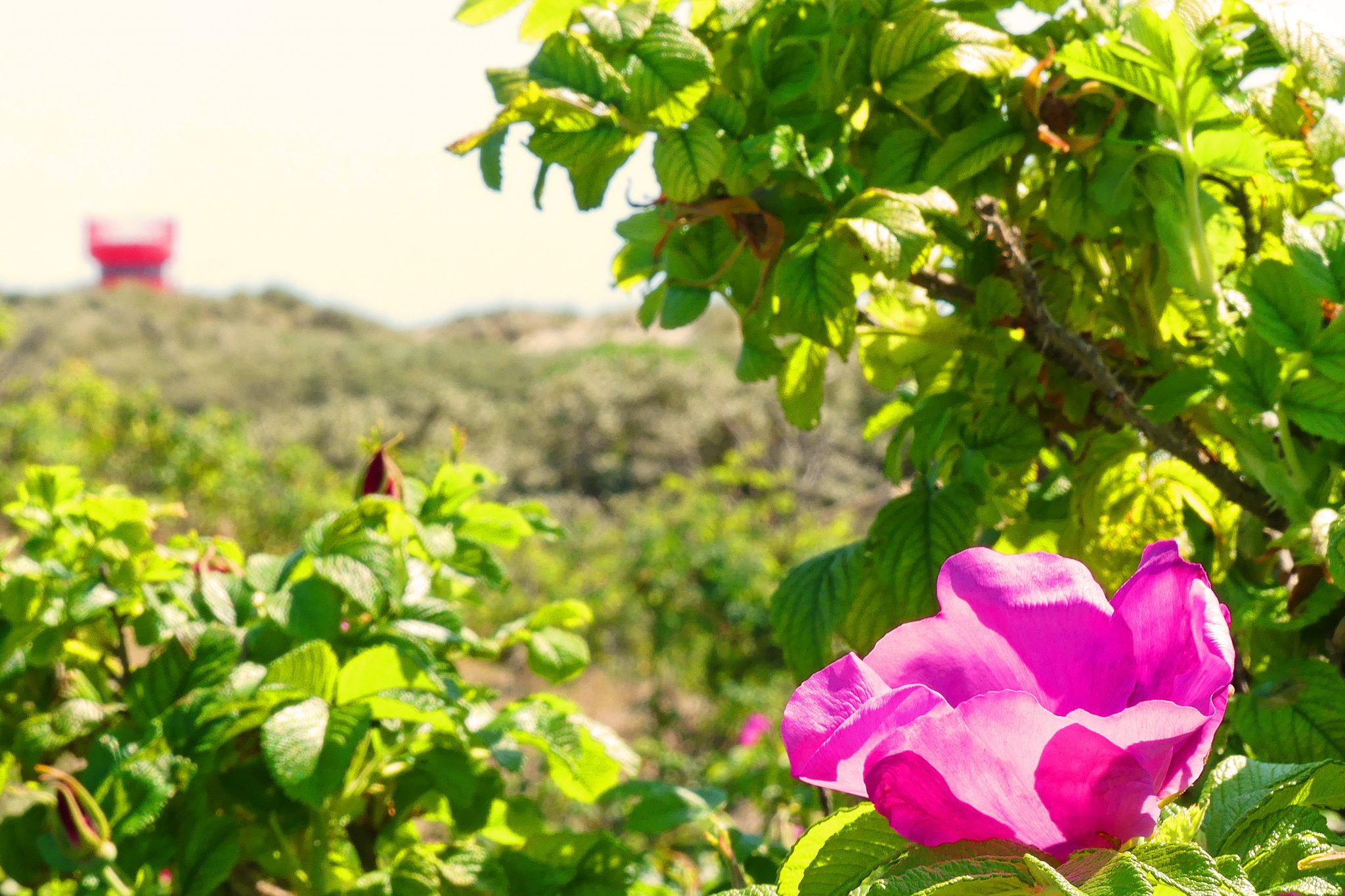In addition to the varied political and cultural history of the island, Helgoland impresses above all with its unique nature.
Let yourself be enchanted by the impressive flora and fauna that you will encounter at every turn on Germany’s only high seas island.
Helgoland was formed in an evolutionary process lasting many millions of years.
Due to enormous pressure forces, caused by sedimentary deposits from the Triassic
the Triassic, Jurassic and Cretaceous periods, the characteristic red sandstone rock was lifted to the surface from a depth of up to 3,000 meters.
The present face of Helgoland has been shaped over several millennia primarily by weathering and the elemental forces of nature: by wind and waves, ebb and flow.
The force of the surf and the strength of the wind created the most curious shapes of deep caves and niches along the Helgoland coast.
Gatts reaching into the rock
(bays) and Hörns (rock towers) rising between them fascinate the visitor during a walk along the nature trail.
Flora and fauna of today’s Helgoland entice with a multifaceted insight into the habitat of the North Sea and its coast.
On the dune, in the Laminaria – underwater forest, in the rocky mudflats and on the Lummenfelsen are thousands of different – and partly rare, in Germany only on Helgoland – animal and plant species at home.
The greater part of them can be observed and “explored” during a walk on our nature theme trail.
Two very well-known representatives of Helgoland’s natural world are, on the one hand, the Klippenkohl, which decorates the island with its characteristic yellow spots when in bloom, and, on the other hand, the Trottellumme. The latter give Germany’s only bird rock its name.
The Helgoland guillemot rock is a true paradise for birdwatchers. A walk there is worthwhile, not least because of the impressive gannets.
But also rather unknown and inconspicuous members of Helgoland’s flora and fauna are worth an excursion.
Many different grasses, algae and seaweed species, crabs, lobsters, sponges or even starfish and sea urchins and especially the diverse bird life of Helgoland are waiting for you to take a closer look.
Our identification guide
“Birds on Helgoland” (available in the Tourist Information
Information) introduces you to the most common species.

